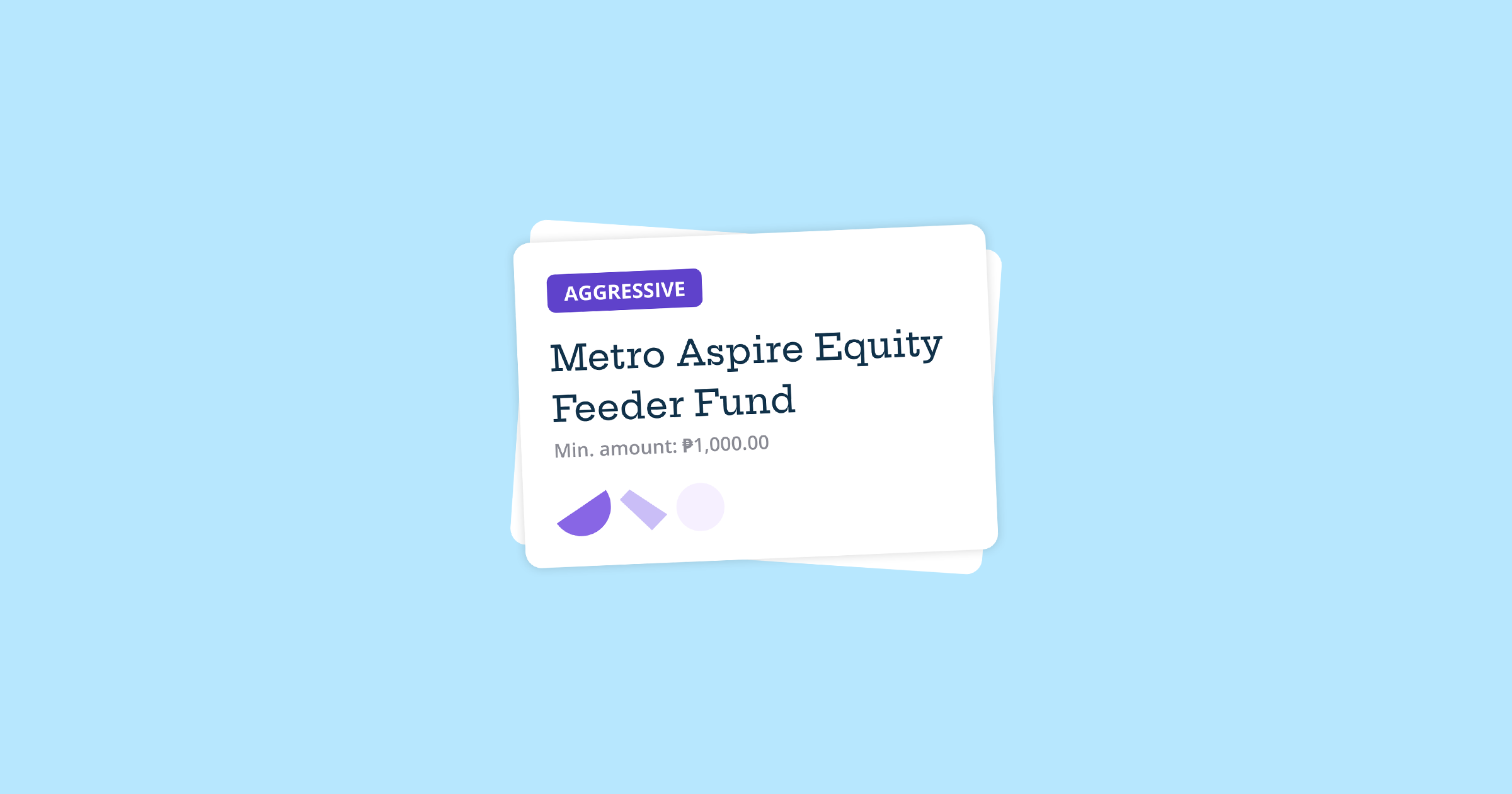Put simply, value averaging is an investing strategy that might be effective at helping you reach your goals efficiently.
What it is
Value averaging is like peso-cost averaging in the sense that both will need you to add money to your investments each month, but with the former you won’t be putting in a set amount. Instead, you’ll have to calculate how much to add.
The advantage of value averaging is that it considers the current value of your investment, which is mostly determined by the market. That means you’ll be spending less as the value of the investment goes up, and more when it goes down.
How to do it
With value averaging, you set a value that your investment should be worth in certain periods. Then, when the time comes, the money to add is based on how much is needed to reach the amount.
For example, imagine that you’ve invested P10,000 in a Unit Investment Trust Fund (UITF) in Month 1, and you want the value to grow by P1,000 each month.
If there was no change in the value by Month 2, you would invest P1,000. Your fund would then be worth P11,000.
In Month 3, the Net Asset Value Per Unit (NAVPU) rises, bringing your investment’s value to P11,400. Because your plan was to have it reach P12,000 (value increase of P1,000 monthly), you’ll only have to invest P600.
However, in Month 4, the value of your fund dips from P12,000 to P11,100 because of market conditions. Following value averaging, you would have to invest P1,900 (P13,000 target value – P11,100 current value).
Things to consider
Value averaging is worth considering if you like the idea of not investing more than you absolutely must in order to reach your goal. Of course, this isn’t a sure thing, as seen in the earlier example.
If you prefer putting in the maximum amount you can afford, peso-cost averaging is an alternative strategy. It is also simpler to do, since you won’t have to calculate how much to put in.
Between the two, value averaging may provide higher returns if there are several times in which the investment’s value drops but ultimately goes up. That’s because aiming to reach a given value for your investment will give you more shares or units than if you limited how much you could spend.

.jpg)

